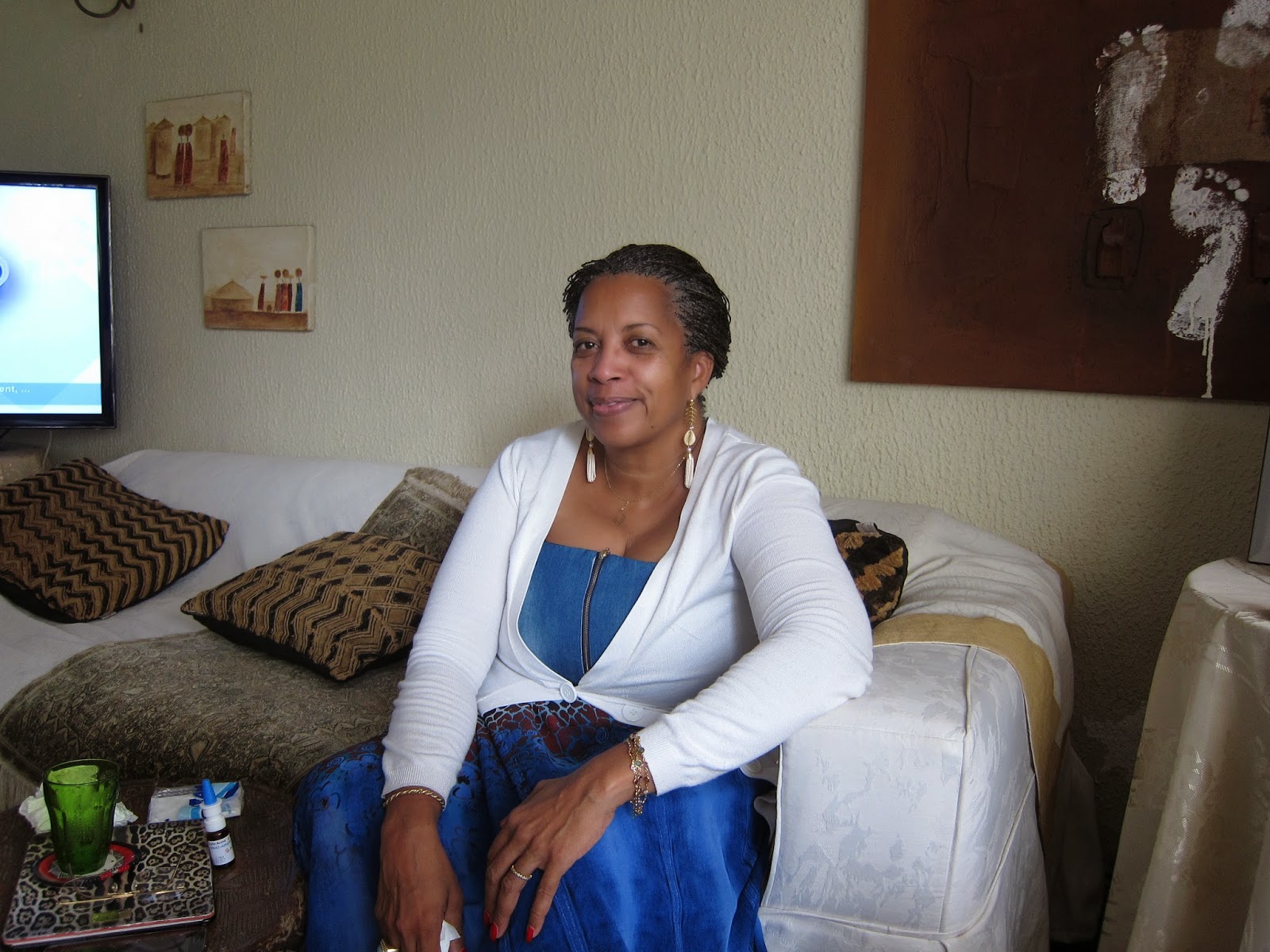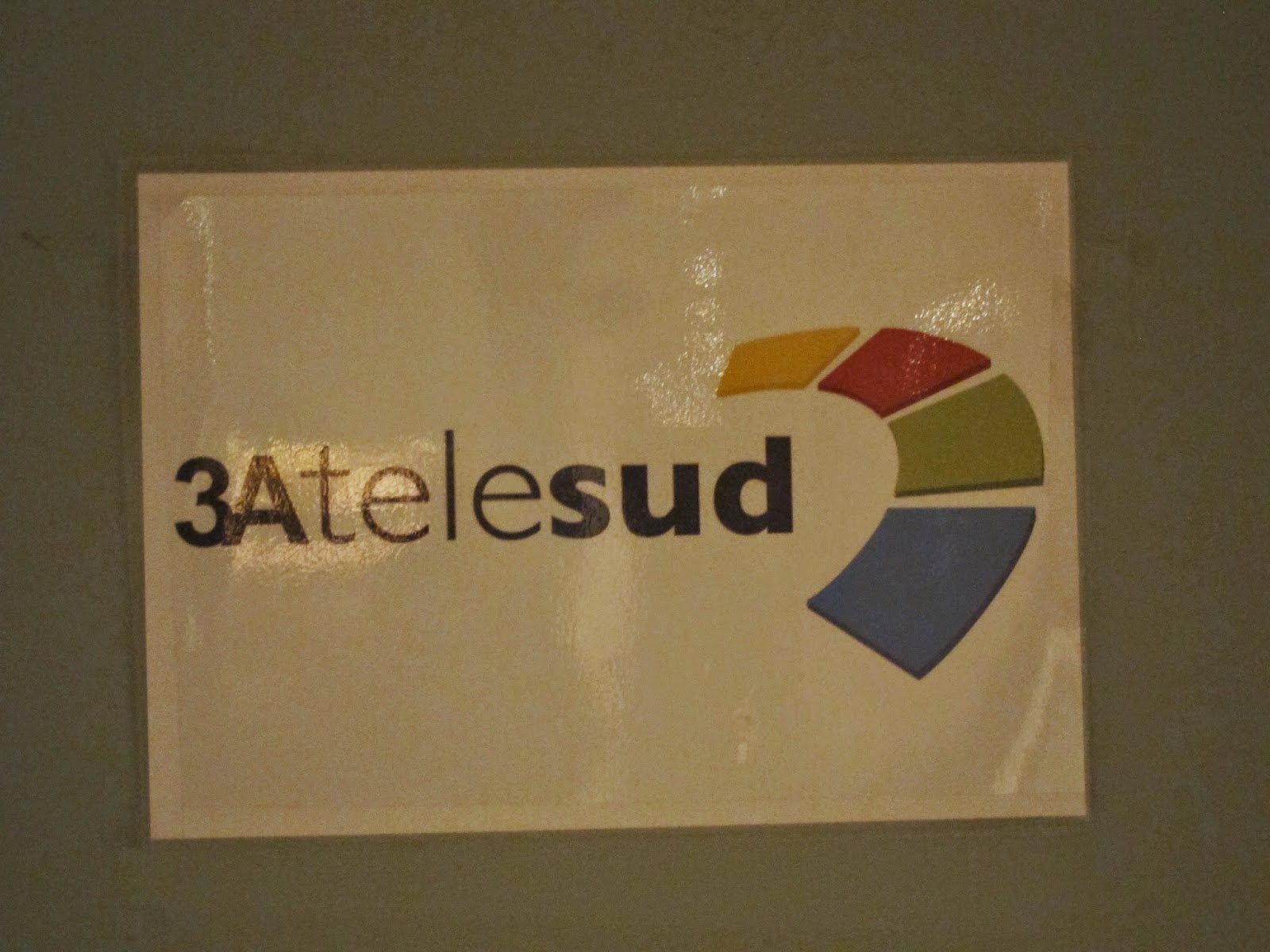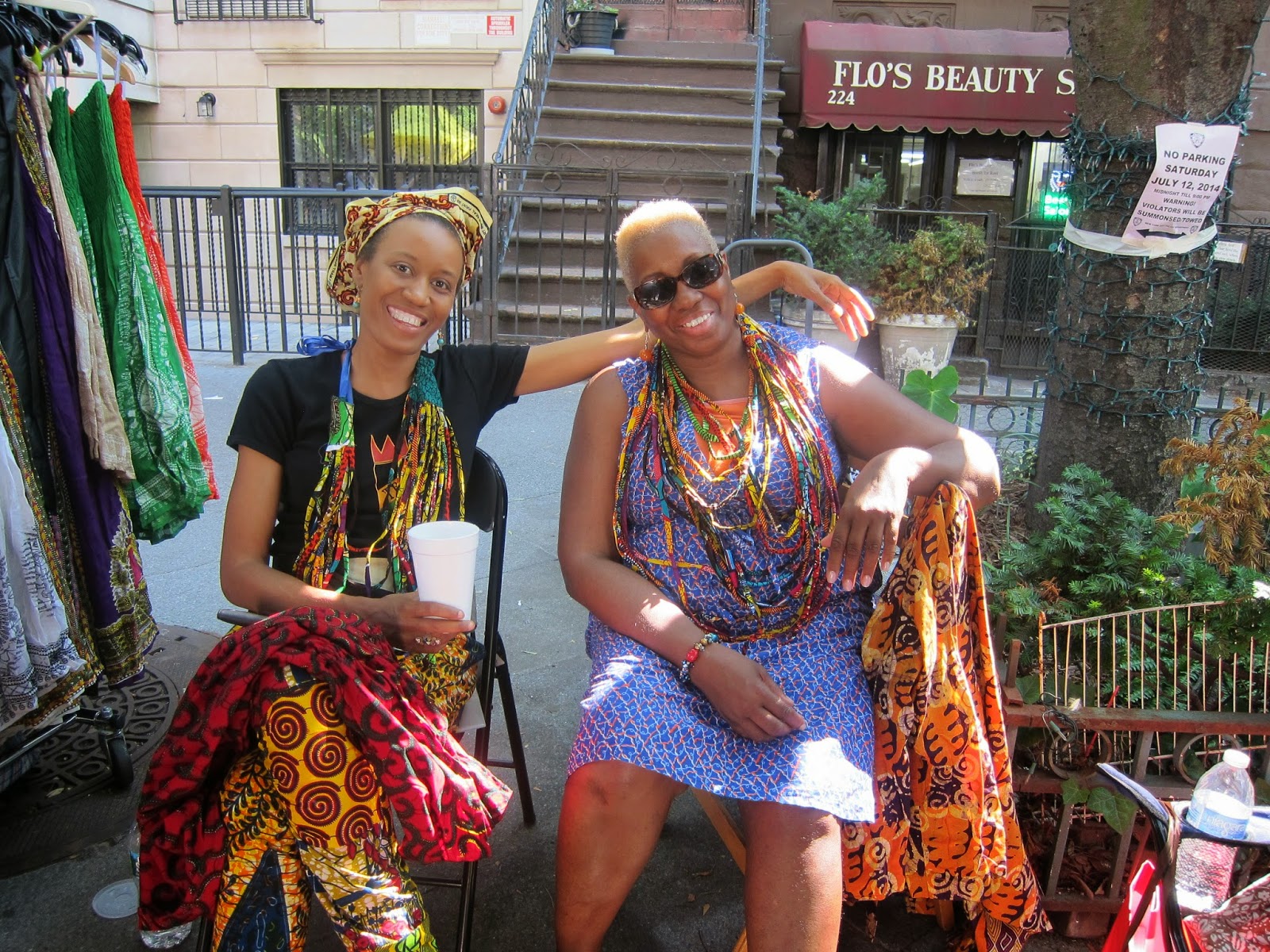A Douala architect: Caroline Barla

Caroline Barla When recently in Douala, where my spouse, Epee Ellong, has returned, I got together with a good friend I hadn't seen in a very, very long time. Her name is Caroline Barla, and she is (I think) the first female Cameroonian architect (her father, Nsangue Akwa, was the first in the registry of Cameroon architects, ONAC). Caroline has been busy in all those years in the design field, not only in architecture. We didn't have time to go into much detail, so I will mainly show you photos of her home, which is a showcase for contemporary African style. The Barla living room--a mix of contemporary and traditional African style Above: Dining Room chair; below: Traditional Bamiléké funeral dancer's headdress Caroline's work area Caroline also managed a store of original designs for a few years, Caramelle. One of her inventions was to create versions of the "kaba" (the Duala women's traditional dress since about 100 year...






